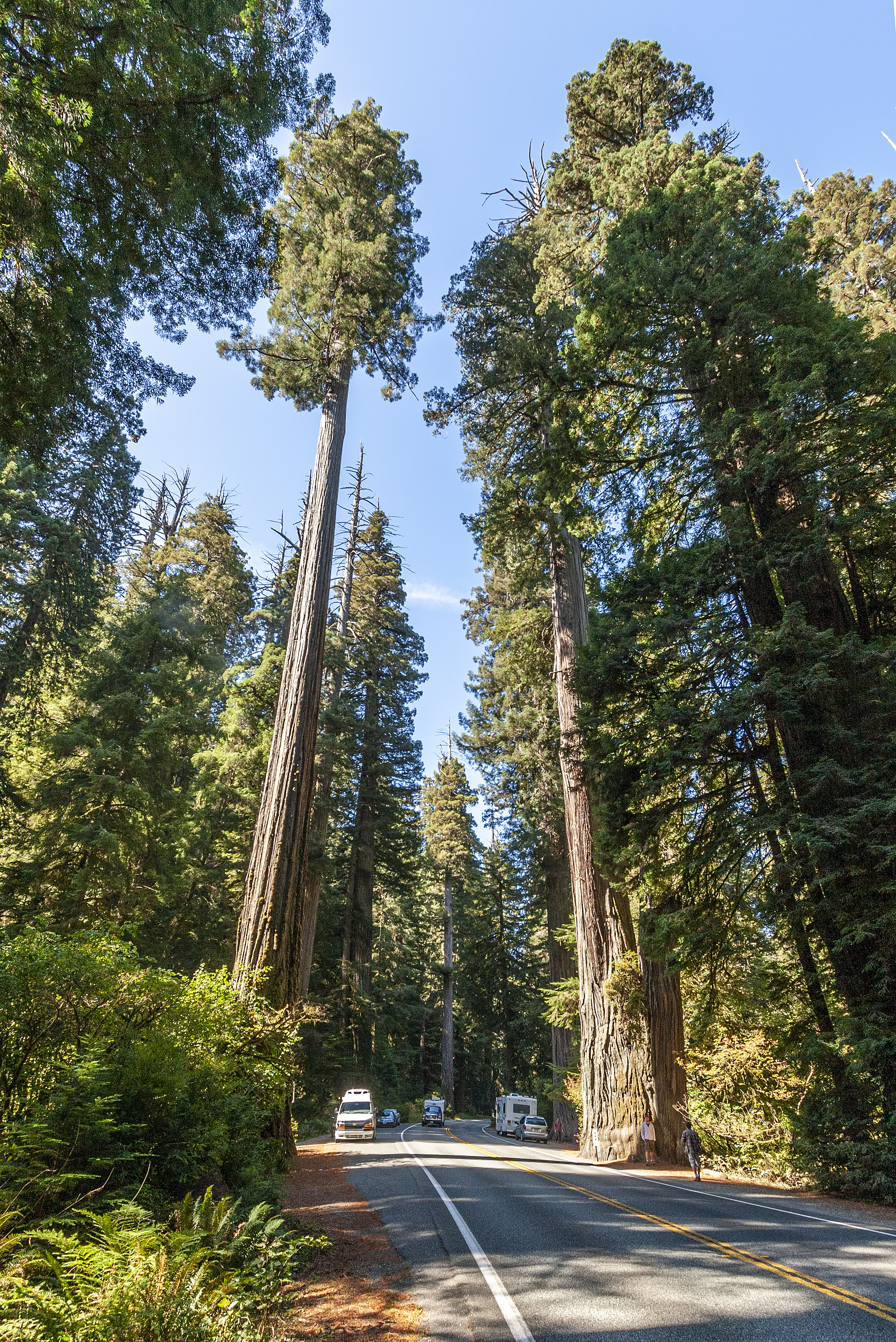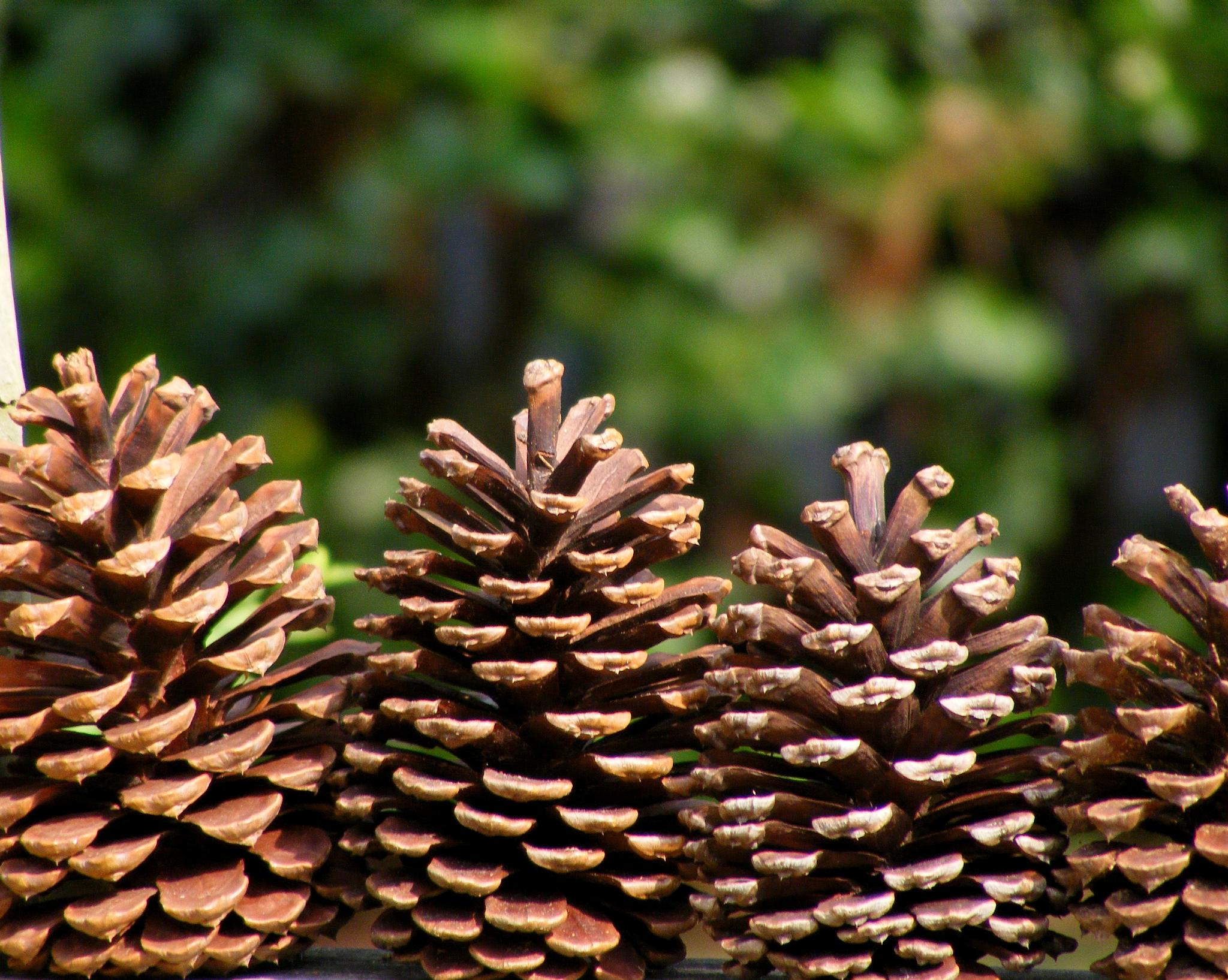|
Southern Coastal Plain Nonriverine Basin Swamp
The Southern coastal plain nonriverine basin swamp is a wetland system found along the southern Atlantic coastal plain and the eastern Gulf coastal plain, and extending into the Florida peninsula. These wetlands occur in large, seasonally flooded depressions away from rivers. Sites are often forested by trees including bald cypress (''Taxodium distichum''), swamp tupelo (''Nyssa biflora''), evergreen shrubs, and hardwoods. Slash pine (''Pinus elliottii'') is sometimes found. Characteristic shrubs include buckwheat tree (''Cliftonia monophylla''), swamp cyrilla (''Cyrilla racemiflora''), fetterbush lyonia (''Lyonia lucida''), and laurelleaf greenbrier (''Smilax laurifolia''). References {{reflist Plant communities of Alabama Plant communities of Mississippi Plant communities of Florida Plant communities of Georgia (U.S. state) Plant communities of South Carolina ... [...More Info...] [...Related Items...] OR: [Wikipedia] [Google] [Baidu] |
Taxodium Ascendens In The Black Water, Okefenokee
''Taxodium'' is a genus of one to three species (depending on Taxonomy (biology), taxonomic opinion) of extremely flood-tolerant conifers in the cypress family, Cupressaceae. The name is derived from the Latin word ''taxus'', meaning "Taxus, yew", and the Greek language, Greek word ''εἶδος'' (''eidos''), meaning "similar to." Within the family, ''Taxodium'' is most closely related to Glyptostrobus, Chinese swamp cypress (''Glyptostrobus pensilis'') and Cryptomeria, sugi (''Cryptomeria japonica''). Species of ''Taxodium'' occur in the southern part of the North American continent and are deciduous in the north and semi-evergreen to evergreen in the south. They are large trees, reaching tall and (exceptionally ) trunk diameter. The needle-like leaf, leaves, long, are borne spirally on the Shoot (botany), shoots, twisted at the base so as to appear in two flat rows on either side of the shoot. The conifer cone, cones are globose, diameter, with 10–25 scales, each scale w ... [...More Info...] [...Related Items...] OR: [Wikipedia] [Google] [Baidu] |
Cyrilla Racemiflora
''Cyrilla racemiflora'', the sole species in the genus ''Cyrilla'', is a flowering plant in the family Cyrillaceae, native to warm temperate to tropical regions of the Americas, from the southeastern United States (coastal areas from southeastern Texas east to southeastern Virginia), south through the Caribbean, Mexico (Oaxaca only) and Central America to northern Brazil and Venezuela in South America. Common names include swamp cyrilla, swamp titi, palo colorado, red titi, black titi, white titi, leatherwood, ironwood, he-huckleberry, and myrtle. Habitat Can be found in rainforests, swamps, along streams, bogs, bayheads, backwaters, wet prairies, low pinelands, pocosins, flatwood depressions, preferring acidic, sandy, or peaty soils. Description In tropical rainforests, it is a large tree growing to or more tall and greater than in diameter, but only a shrub to tall in temperate regions at the northern edge of its range. It is most recognizable from its white flowers which ar ... [...More Info...] [...Related Items...] OR: [Wikipedia] [Google] [Baidu] |
Plant Communities Of Florida
Plants are the eukaryotes that form the kingdom Plantae; they are predominantly photosynthetic. This means that they obtain their energy from sunlight, using chloroplasts derived from endosymbiosis with cyanobacteria to produce sugars from carbon dioxide and water, using the green pigment chlorophyll. Exceptions are parasitic plants that have lost the genes for chlorophyll and photosynthesis, and obtain their energy from other plants or fungi. Most plants are multicellular, except for some green algae. Historically, as in Aristotle's biology, the plant kingdom encompassed all living things that were not animals, and included algae and fungi. Definitions have narrowed since then; current definitions exclude fungi and some of the algae. By the definition used in this article, plants form the clade Viridiplantae (green plants), which consists of the green algae and the embryophytes or land plants (hornworts, liverworts, mosses, lycophytes, ferns, conifers and other gymnosperm ... [...More Info...] [...Related Items...] OR: [Wikipedia] [Google] [Baidu] |
Plant Communities Of Alabama
Plants are the eukaryotes that form the Kingdom (biology), kingdom Plantae; they are predominantly Photosynthesis, photosynthetic. This means that they obtain their energy from sunlight, using chloroplasts derived from endosymbiosis with cyanobacteria to produce sugars from carbon dioxide and water, using the green pigment chlorophyll. Exceptions are parasitic plants that have lost the genes for chlorophyll and photosynthesis, and obtain their energy from other plants or fungi. Most plants are multicellular organism, multicellular, except for some green algae. Historically, as in Aristotle's biology, the plant kingdom encompassed all living things that were not animals, and included algae and fungi. Definitions have narrowed since then; current definitions exclude fungi and some of the algae. By the definition used in this article, plants form the clade Viridiplantae (green plants), which consists of the green algae and the embryophytes or land plants (hornworts, liverworts ... [...More Info...] [...Related Items...] OR: [Wikipedia] [Google] [Baidu] |
Bald Cypress Dirt
Hair loss, also known as alopecia or baldness, refers to a loss of hair from part of the head or body. Typically at least the head is involved. The severity of hair loss can vary from a small area to the entire body. Inflammation or scarring is not usually present. Hair loss in some people causes psychological distress. Common types include male- or female-pattern hair loss, alopecia areata, and a thinning of hair known as telogen effluvium. The cause of male-pattern hair loss is a combination of genetics and male hormones; the cause of female pattern hair loss is unclear; the cause of alopecia areata is autoimmune; and the cause of telogen effluvium is typically a physically or psychologically stressful event. Telogen effluvium is very common following pregnancy. Less common causes of hair loss without inflammation or scarring include the pulling out of hair, certain medications including chemotherapy, HIV/AIDS, hypothyroidism, and malnutrition including iron deficiency. ... [...More Info...] [...Related Items...] OR: [Wikipedia] [Google] [Baidu] |
Smilax Laurifolia
''Smilax laurifolia'' is a species of flowering plant in the greenbrier family known by the common names laurel greenbrier, laurelleaf greenbrier, bamboo vine, and blaspheme vine. It is native to the southeastern United States, where it occurs along the Gulf and Atlantic coastal plains from Texas to New Jersey, the range extending inland to Arkansas, Oklahoma, and Tennessee. It also occurs in Cuba and the Bahamas.Van Deelen, Timothy R. 1991''Smilax laurifolia''.In: Fire Effects Information System, nline U.S. Department of Agriculture, Forest Service, Rocky Mountain Research Station, Fire Sciences Laboratory.''Smilax laurifolia''. Flora of North America. This plant is a yledonous woody |
Lyonia Lucida
''Lyonia lucida'' is a species of flowering plant in the family Ericaceae known by the common names fetterbush lyonia, hurrahbush, and staggerbush. Other plants may also be called fetterbush. This broadleaved evergreen plant grows on the coastal plain of the southeastern United States from Virginia to Florida to Louisiana. It also occurs in Cuba.Van Deelen, Timothy R. 1991''Lyonia lucida''.In: Fire Effects Information System, nline U.S. Department of Agriculture, Forest Service, Rocky Mountain Research Station, Fire Sciences Laboratory. This shrub can grow to 4 to 5''Lyonia lucida''. Flora of North America. meters in height and just as wide. The plant has long s that can sprout up new plants, ... [...More Info...] [...Related Items...] OR: [Wikipedia] [Google] [Baidu] |
Cliftonia Monophylla
''Cliftonia monophylla'', the buck-wheat tree, buckwheat tree or black titi, is a tree native to the southeastern United States The United States of America (USA), also known as the United States (U.S.) or America, is a country primarily located in North America. It is a federal republic of 50 U.S. state, states and a federal capital district, Washington, D.C. The 48 .... It is the sole species in the genus ''Cliftonia''. References External links ''Cliftonia monophylla''Plants For A Future: ''Cliftonia monophylla'' Monotypic Ericales genera Trees of Northern America Ericales Taxa named by Joseph Banks Taxa named by Karl Friedrich von Gaertner {{tree-stub ... [...More Info...] [...Related Items...] OR: [Wikipedia] [Google] [Baidu] |
Wetland
A wetland is a distinct semi-aquatic ecosystem whose groundcovers are flooded or saturated in water, either permanently, for years or decades, or only seasonally. Flooding results in oxygen-poor ( anoxic) processes taking place, especially in the soils. Wetlands form a transitional zone between waterbodies and dry lands, and are different from other terrestrial or aquatic ecosystems due to their vegetation's roots having adapted to oxygen-poor waterlogged soils. They are considered among the most biologically diverse of all ecosystems, serving as habitats to a wide range of aquatic and semi-aquatic plants and animals, with often improved water quality due to plant removal of excess nutrients such as nitrates and phosphorus. Wetlands exist on every continent, except Antarctica. The water in wetlands is either freshwater, brackish or saltwater. The main types of wetland are defined based on the dominant plants and the source of the water. For example, ''marshes'' ar ... [...More Info...] [...Related Items...] OR: [Wikipedia] [Google] [Baidu] |
Pinus Elliottii
''Pinus elliottii'', commonly known as slash pine,Family, P. P. (1990). Pinus elliottii Engelm. slash pine. ''Silvics of North America: Conifers'', (654), 338. is a conifer tree native to the Southeastern United States. Slash pine is named after the "slashes" – swampy ground overgrown with trees and bushes – that constitute its habitat. Other common names include swamp pine, yellow slash pine, and southern Florida pine. Slash pine has two different varieties: ''P. e.'' var. ''elliottii'' and ''P. e.'' var. ''densa''. Historically, slash pine has been an important economic timber for naval stores, turpentine, and resin. The wood of slash pine is known for its unusually high strength, especially for a pine. It exceeds many hardwoods and is even comparable to very dense woods such as black ironwood. Description and taxonomy This tree is fast-growing, but not very long-lived by pine standards (to 200 years). It reaches heights of with a trunk diameter of . The leaves are need ... [...More Info...] [...Related Items...] OR: [Wikipedia] [Google] [Baidu] |
Nyssa Biflora
''Nyssa biflora'', commonly referred to as the swamp tupelo, or swamp black-gum is a species of tupelo that lives in wetland habitats in the United States. Taxonomy Some authors treat swamp tupelo as a variety, ''Nyssa sylvatica'' var. ''biflora'', of black tupelo (''N. sylvatica''). Genetic data suggest that ''Nyssa sylvatica'' and ''N. biflora'' are separate species, and Zhou et al. (2018) further propose that the northwest Florida coastal endemic '' N. ursina'' is a subspecies of ''N. biflora''. Description Swamp tupelo can be distinguished from black tupelo by its smaller leaves, which are less than , more commonly oblanceolate or narrow elliptic than the broader black gum leaves, although the morphology is variable. The seeds are more deeply grooved than those of black tupelo. Compared to water tupelo, ''N. aquatica'', swamp tupelo also has much smaller leaves. The crown of the tree appears narrow and irregular. Under optimal growth conditions, swamp tupelo can reach he ... [...More Info...] [...Related Items...] OR: [Wikipedia] [Google] [Baidu] |





